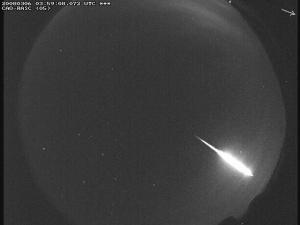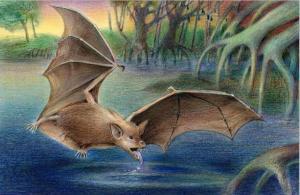
|
| ©Tommy LaVergne/Rice University |
| The spring-fed pools, or "pozas," in Mexico's remote Cuatro Ciénegas valley are home to at least 70 species found nowhere else on Earth. |
OF THE
TIMES

|
| ©Tommy LaVergne/Rice University |
| The spring-fed pools, or "pozas," in Mexico's remote Cuatro Ciénegas valley are home to at least 70 species found nowhere else on Earth. |

|
| ©Unknown |

|
| ©Unknown |

|
| ©Drawing by Bonnie Miljour |
| Reconstruction of Witwatia schlosseri, a new species of very large bat from the Fayum distric of Egypt. |